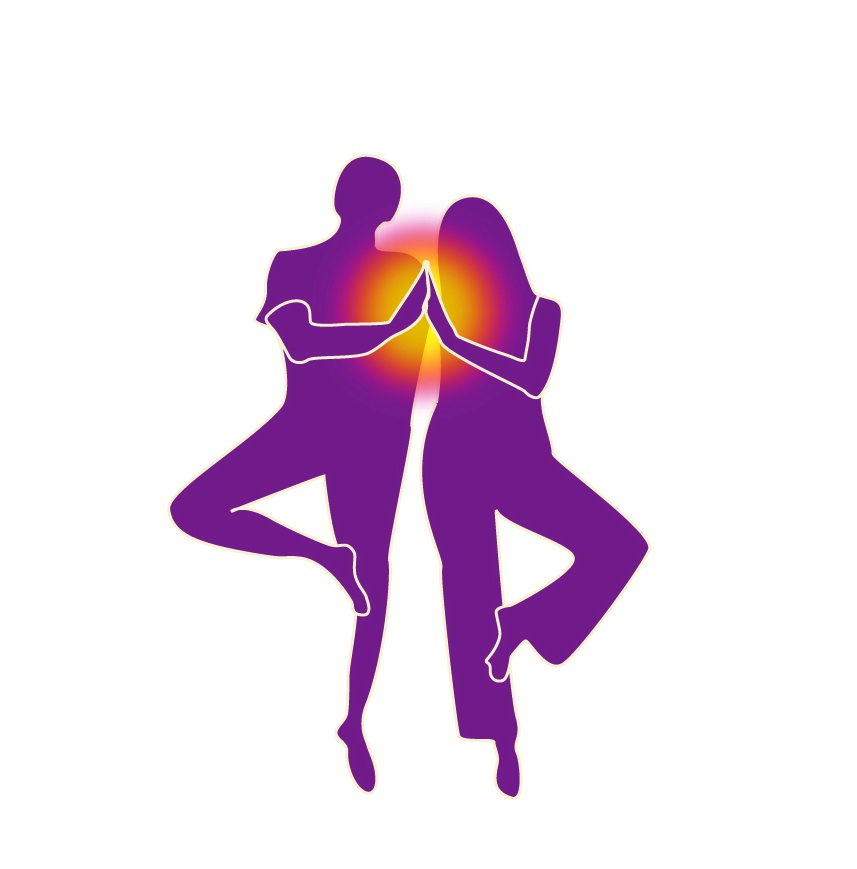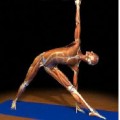Guest Blog By Michael Westbrook
Cat position and Cow pose, often referred to together as ‘Cat-Cow,’ are 2 of the most basic – yet beneficial – yoga positions that virtually anybody can perform. As always, if you are under the care of a physician or do not lead an active lifestyle, check with your doctor before performing any new exercise – including Yoga.
As you can imagine by their names, these poses mimic the actions of a cat and a cow. Interestingly enough, by performing these exercises in animal-like motions, we are able to reap a wealth of benefits from clearing our mind and comforting our body in preparation for meditation to working out tension in our back. Cat-Cow is not only a highly effective Yoga position, it’s an exercise that can be performed daily for winding down!
Cat-Cow For Back Pain Relief
Many hard working men and women and those with disabilities suffer tremendously from back pain of all sorts. From upper back and shoulders capturing and holding in tension to the lower back feeling twisted with a source of pain that’s so severe yet somehow unidentifiable, cat-cow pose can help you begin to relieve some of that pain any time during the day!
Cat-Cow For Meditation Preparation
Meditating effectively involves clearing your mind of all obstructions so that you are able to focus on one thing in the moment. A general target – especially for beginners – is the breath. There are other variations of mediation including images, specific conflicts, and other topics of contemplation which are all difficult to achieve without the mind, body, and spirit feeling in synch with each other.
How to Do Cat-Cow
For Cat-Cow pose start off on the floor on all fours. Make sure your arms are strait down from your shoulders, your palms are facing forward and your midsection and knees are at a 90 degree angle with your feet pointing out behind you.
Cat Pose
Inhale deeply as you raise the center of your spine and drop the top of your head towards the floor. You are imitating a cat stretching, so you will arch your back as high as you can while rounding your shoulders and your buttock.
Move into this position slowly, and count how many seconds your deep breath takes you to inhale. Once your lungs are full, hold for an equal amount of time, then exhale slowly – again counting to the same number. An ideal count should be anywhere between 6 and 10.
On your next inhale, transition to Cow pose.
Cow Pose
For cow pose, you will be mimicking a cow as you see them standing in a field. While taking in your deep breath, bring your back down as if you are now trying to reach the floor with your belly. Raise your head high and look strait ahead while raising your rear.
Repeat the same sequence of breaths as you did in cat position and transition between these poses at least 4 more times. Repeat at least 10 times focusing extra attention on deep breathing if you are preparing for meditation. If you are conducting cat-cow to relief pain, repeat the sequence slowly until your tension is gone.
Bio:
Yoga and meditation are key factors in my personal recovery from nicotine addiction. For more free information on yoga positions including the cat position and cow pose, make sure to visit http://stop-smoking-now-for-life.com/yoga-poses-beginning-yoga-positions.php
————————————————————————————————————————-
For free articles about yoga mailed once a month, email info at synergybyjasmine dot com with “Request Yoga Tips” in headline.
Twitter – synergyjasmine
Facebook – www.facebook.com/couplesyoga
You Tube – http://www.youtube.com/user/SynergybyJasmine
Published for synergybyjasmine.com
Jasmine Kaloudis teaches yoga classes in Philadelphia and is the author of the Best Spiritual Websites for 2011



 Research has shown that yoga and other types of mind-body practices can help improve patient outcomes, particularly quality-of-life. However, none have become standard of care, or are on the clinical care pathway for cancer patients.
Research has shown that yoga and other types of mind-body practices can help improve patient outcomes, particularly quality-of-life. However, none have become standard of care, or are on the clinical care pathway for cancer patients.

